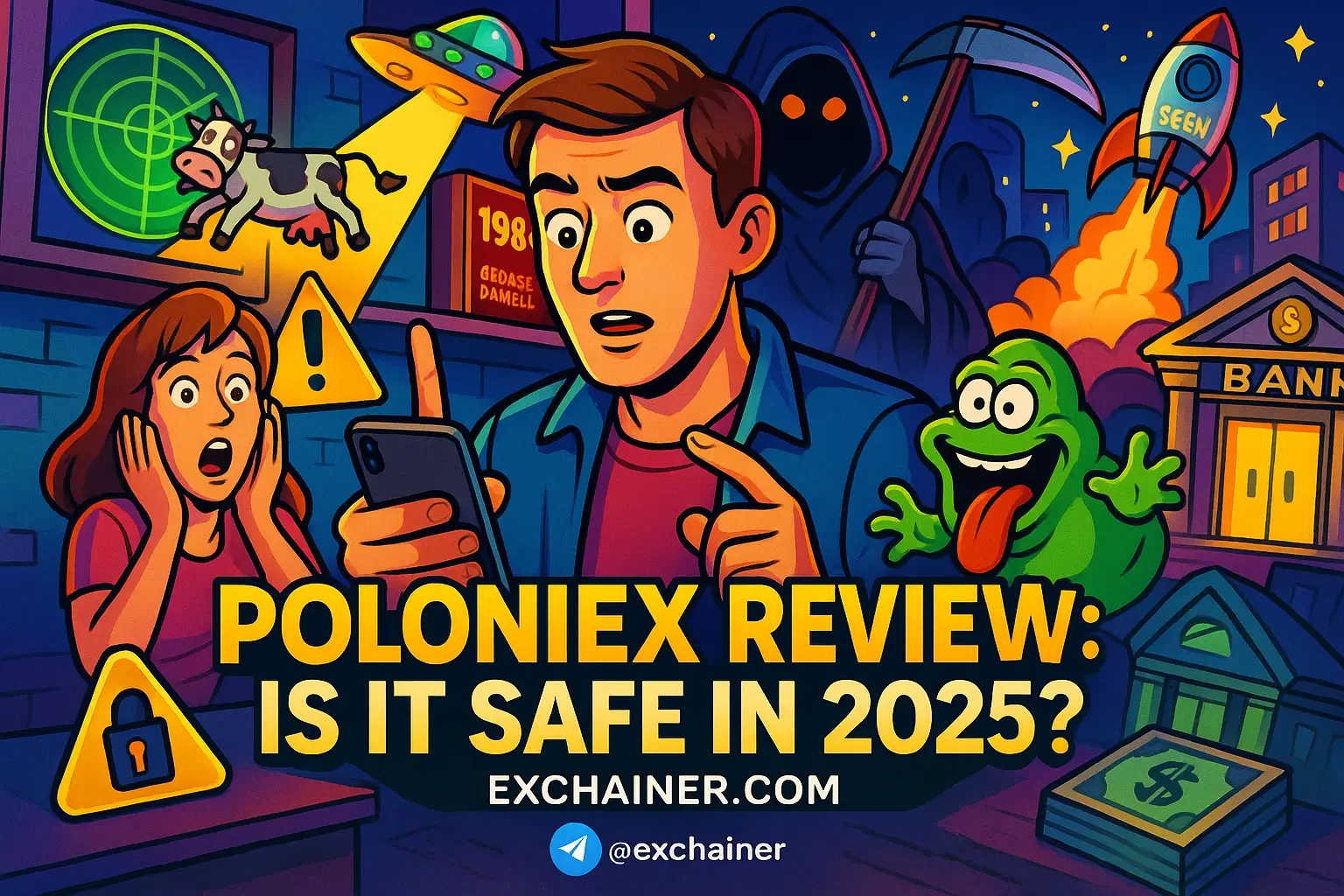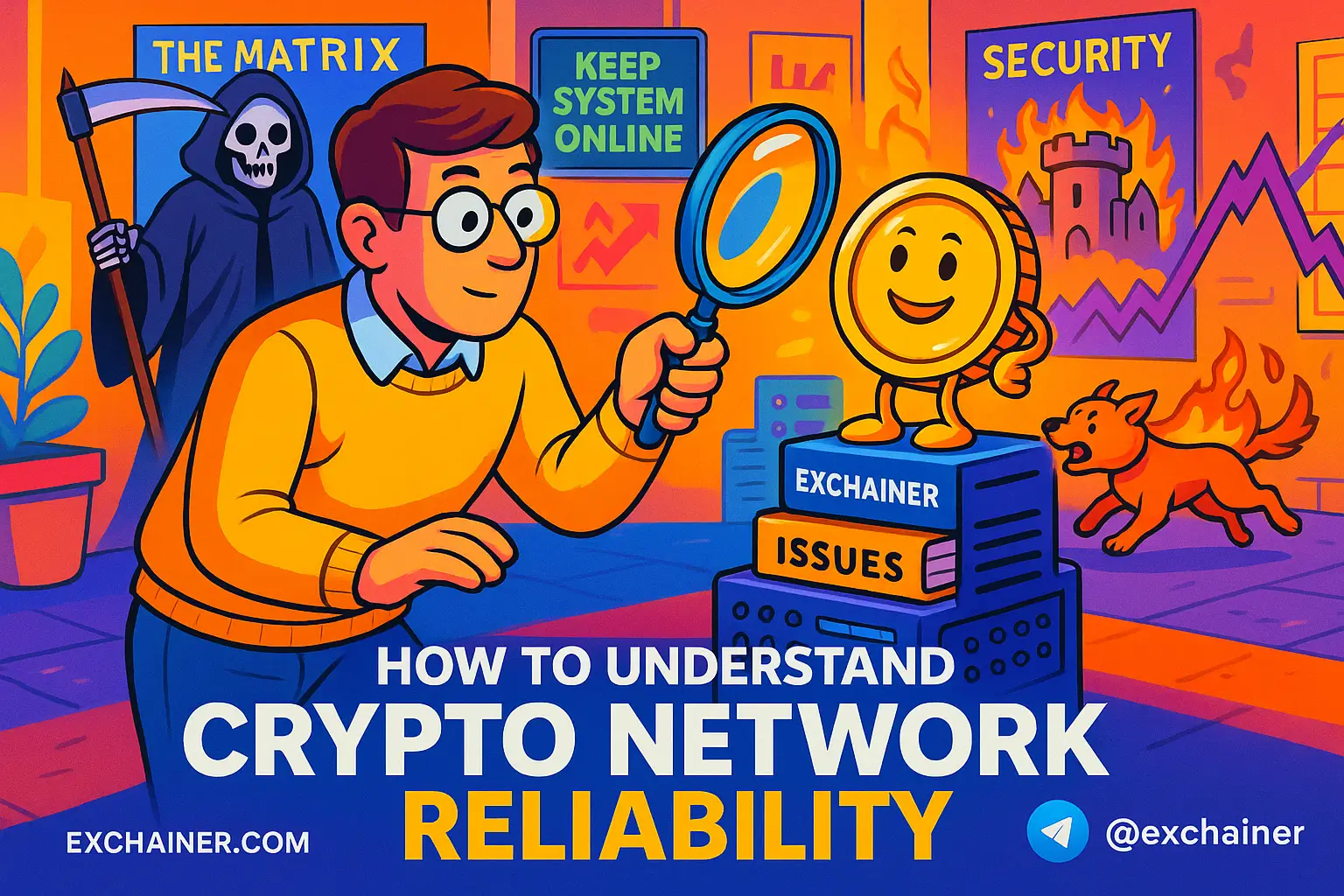Introduction
Friends, if you’re dipping your toes into the ever-expanding world of cryptocurrency in the U.S., you’ve probably heard about Binance US. It’s one of the leading players in America’s crypto exchange scene, but navigating its features and understanding how it compares to other platforms can be a bit tricky. That’s why this Binance US review: what you need to know is your go-to guide to get a full picture of what this exchange offers, who it’s best suited for, and whether it fits your crypto trading style.
In this review, we’ll break down essential details—from Binance US fees to the coins you can trade, plus security measures and the account verification process. We made sure to verify fee schedules from official sources and tested the platform’s features to keep everything up to date as of early 2024. Whether you’re a beginner curious about entering the crypto market or an active trader hunting for affordable fees and a wide asset selection, this guide walks you through every crucial point, so you’re ready to make an informed decision.
Along the way, you’ll find practical tips on how to cut costs, understand hidden fees, and optimize your Binance US account setup. We also share clear explanations of the terms and services that sometimes make crypto feel like a foreign language. If you want to compare Binance US with other U.S. crypto exchanges or simply want a straightforward trading guide, stick with us — we’ve got you covered!
Fees & Pricing
Understanding Binance US fees is key to keeping your trading costs low and maximizing profits. Let’s dive into how fees work on this platform and what you need to watch out for.
Trading Fees Breakdown
Binance US uses a maker/taker fee model just like many leading exchanges.Pricing starts at 0.1% per trade for both makers (those who provide liquidity by placing limit orders) and takers (those who take liquidity by executing market orders). However, fees decrease with higher 30-day trading volumes — for example, if you trade over $50,000 monthly, you might pay as little as 0.075% or even lower. Keep in mind, Binance US doesn’t offer the BNB token discount you’d find on its global counterpart, due to regulatory restrictions in the U.S., so those hoping to save via Binance Coin won’t find this option here.
Deposit, Withdrawal & Transfer Costs
Deposits via ACH bank transfer are free and usually take 1-3 business days. Wire transfers incur a $15 fee from Binance US, but your bank might charge an extra fee. Using debit or credit cards often results in higher fees or is sometimes not supported, so double-check as options may change.
When it comes to withdrawals, crypto withdrawal fees aren’t fixed — they vary depending on the coin and network congestion. For example, withdrawing Bitcoin will cost more network fees than stablecoins like USDC. It’s important to watch for these network fees because they’re beyond Binance US’s control but still add to your overall costs.
Daily withdrawal and deposit limits are moderate, complying with U.S. regulations to prevent fraud and money laundering. For major coins, daily withdrawal limits can hover around $10,000, with options to increase limits after additional verification.
How to Lower Costs and Hidden Charges
A savvy way to reduce your Binance US fees is by using limit orders instead of market orders — it converts you into a “maker,” resulting in better fee tiers. Also, consistently trading larger volumes unlocks discounted fees over time.
Watch out for hidden costs like spreads — the difference between buy and sell prices — that can subtly inflate your expenses. Network fees paid on blockchain transactions and conversion fees when swapping between crypto pairs or fiat currencies can also add up quickly. Binance US occasionally runs promotions and referral programs, so keep an eye out to snag fee discounts.
Supported Coins & Trading Options
Picking a U.S. crypto exchange often comes down to the variety of assets and trading options available. Binance US shines in this area, but there are some nuances worth understanding.
Coin Selection and Listing Policy
Currently, Binance US supports over 100 cryptocurrencies. This includes major coins like Bitcoin (BTC), Ethereum (ETH), and several key stablecoins such as USDT and BUSD. Additionally, there’s a solid mix of popular altcoins including Cardano (ADA), Chainlink (LINK), and Polkadot (DOT). New asset listings are added regularly but tend to be more conservative here compared to the global Binance platform, due to tighter U.S. regulations.
Binance US carefully vets coins for compliance and legal risk before listing, ensuring users access only reputable projects. This means some tokens available internationally might not be here, but the tradeoff is increased security and regulatory peace of mind.
Trading Pairs & Order Types
You’ll find a strong selection of fiat-crypto pairs, particularly involving the U.S. dollar. Stablecoin pairs, such as USDT/USD or BUSD/USD, are available, providing more options for trading and hedging.
On orders, Binance US offers market, limit, and stop-limit functionality, catering well to both beginners and more experienced traders. However, unlike its parent Binance, the U.S. platform currently does not offer margin trading, futures, or complex derivatives. This limits advanced strategies but simplifies risk management for many users.
Additional Crypto Services and Products
Beyond spot trading, Binance US provides additional crypto services. You can stake some supported coins directly on the platform, earning passive rewards. Savings products similar to interest accounts and liquidity programs are also offered, though these are fewer and less flexible than on the global Binance site.
Because U.S. regulations require stricter compliance, some advanced products popular abroad aren’t yet available on Binance US. Still, they’re expanding offerings progressively, so keep tabs on updates if you’re looking to grow your crypto portfolio or earn extra yield.
Security & Regulation
Safety is a top concern in crypto, so let’s break down Binance US security and regulatory standing.
Regulatory Status and Compliance
Binance US is a licensed exchange operating in all 50 states with necessary regulatory approvals. They strictly follow U.S. regulations like Know Your Customer (KYC) and Anti-Money Laundering (AML) laws, which enhance user safety but also add verification steps.
Recent regulatory scrutiny has shaped Binance US’s product lineup and regional access, reinforcing its commitment to compliance. This means certain services offered globally, including high-risk leveraged products, are restricted or not offered here to stay within legal bounds.
Account and Platform Security Features
Security features on Binance US include mandatory two-factor authentication (2FA), device management tools, and withdrawal whitelists—that means you can restrict withdrawals only to approved wallets. Platform data is encrypted, and user funds are stored mainly in cold wallets disconnected from internet access, minimizing theft risk.
For your personal best security practice, always enable 2FA, regularly update passwords, and avoid phishing attempts by only accessing Binance US through official channels.
Custody, Insurance & Fund Protection
Binance US acts as a custodian for your funds, meaning they hold your coins on your behalf rather than you managing your own private keys. While this eases usability, it means trust in their security matters.
The exchange carries insurance policies to protect against certain hacks or thefts but it’s not the same as FDIC insurance for banks or SIPC protection for brokerage accounts, so not all losses are guaranteed. Binance US hasn’t experienced any major hacks independently, and when incidents occurred globally, they were quick to respond with cold wallet safeguards.
Account Setup, Verification & User Experience
Getting started with Binance US is straightforward but involves some detailed steps, especially around verification.
Sign-Up Steps and KYC Verification Process
To open your Binance US account, you’ll provide a valid government-issued ID and your Social Security Number (SSN) for identity verification. The KYC process typically takes a few minutes to a few hours if your documents are clear, but it can take longer during peak times or if additional checks are required. Common hiccups include mismatched data or blurry images—make sure your documents are current and readable!
Once verified, your withdrawal limits increase. For instance, basic accounts start with lower daily withdrawal caps, while enhanced verification unlocks larger limits, enabling serious trading.
Platform Usability: Web and Mobile App
Binance US’s web and mobile app interfaces are designed to suit both newcomers and seasoned traders. The dashboard offers easy navigation, with clear charts, watchlists, and order entry zones. Beginners appreciate the clean layout with helpful explanations, whereas advanced traders can dig into detailed candle charts and order books.
The mobile app is nearly on par with the web platform—smooth and responsive, perfect for trading on the go. Hotkeys and features like price alerts make managing positions easier.
Customer Support & Resources
Customer support includes email tickets and live chat. While phone support isn’t standard, response times are usually quick. The help center boasts detailed FAQs, tutorials, and community forums that help users troubleshoot common issues independently.
Learning always helps! Check out extensive Crypto 101 articles and wallet guides on Exchainer.com to get a leg up in crypto trading.
Conclusion
In summary, Binance US provides a robust platform for U.S. users who want a reliable, secure, and fee-competitive crypto exchange. Its trading fees are competitive, especially for high-volume traders, although you won’t find the BNB fee discounts available on the global site. Binance US supported coins offer a solid range from major cryptocurrencies to promising altcoins, with frequent updates but a cautious approach due to regulatory compliance.
Security and regulation sit at the foundation here — mandatory KYC, strong account protections, and transparent operational licensing protect your investments without compromising usability. While advanced trading products like futures and margin are absent, this keeps the platform suited for beginners and intermediate investors who want to focus on spot trading and staking.
Opening a Binance US account is straightforward but requires accurate verification documents, so prepare ahead. The user-friendly interface and solid customer support make navigating the learning curve manageable for most.
For anyone wondering if Binance US is worth it, it’s an excellent choice if you’re based in the U.S., value security, and want a broad coin catalog with reasonable fees. For traders craving margin or futures, exploring other U.S. exchanges might be worth the time. Always compare fee schedules and security features before committing your funds.
Start your crypto journey safely by following these quick tips: double-check verification documents, enable 2FA, use limit orders to save on fees, and stay updated on any changes in Binance US policies. Keeping an eye on network fees and available promotions can also maximize your crypto investments.
For more insights, trading guides, and exchange reviews, explore Exchainer.com’s categories such as Crypto 101, Exchange Reviews, and Tools and Wallets. Your crypto adventure starts here — happy trading!






